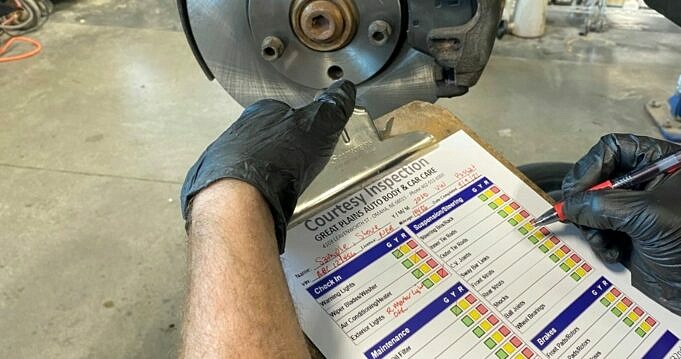Mountain bike suspension is made to protect dirt and provide a smooth ride under normal riding conditions. When the weather turns sour, suspension components face harsher enemies, such as water, snow, and gritty mud. Frosty conditions can cause suspension fluid to thicken, harden and reduce cush control. Winterizing your suspension components is important if you live in or ride in harsh weather conditions. Here’s how to prepare your suspension for spring.
Frigid: Lizard Skins has a boot to fit rear shocks. These models can also be used with conventional or inverted forks. The hook-and loop enclosure makes it easy to attach the rubber cover without having to remove the shock or fork. The boots weigh only 20g and are half the weight of accordion models.
Bullshot is known for being the least affected by water. It will not slow down dampening action in cold conditions. Lightly grease the fork seals. Completely disassemble the fork seals and clean and lubricate the linkage, swingarm and shock pivots.
In order to be ready for any weather conditions, the suspension components must be taken down completely and re-assembled. Inspect the condition of the fork seals. The shock seals work better than other seals and can withstand high pressure.
Arctic: Elastomers harden in glacial conditions. You can get full-length urethanes with a cold-weather compound, or you can modify them by cutting them down and adding a lighter durometer. You can replace one of the bumpers on an elastomer spring stack or combination spring stack by using a
The soft one.
Chilly: If temperatures drop below 40 degrees, the suspension fluid will thicken and cause a noticeable slowing of damping. The majority of shocks and forks today offer a wide range of damping adjustments to compensate. On older, less sophisticated systems, you can switch to lighter oil.



